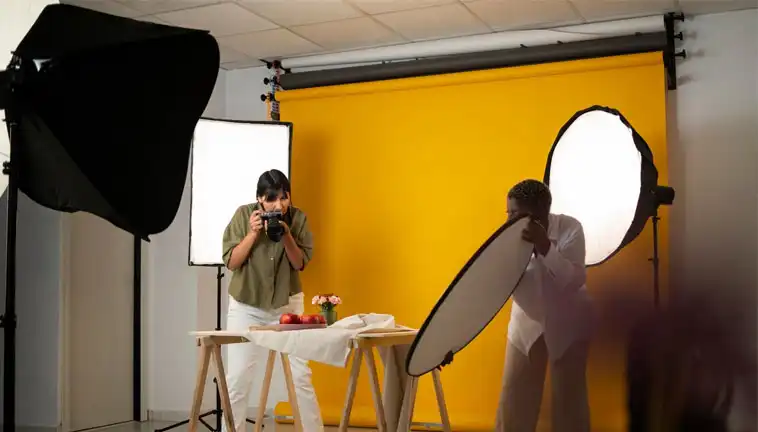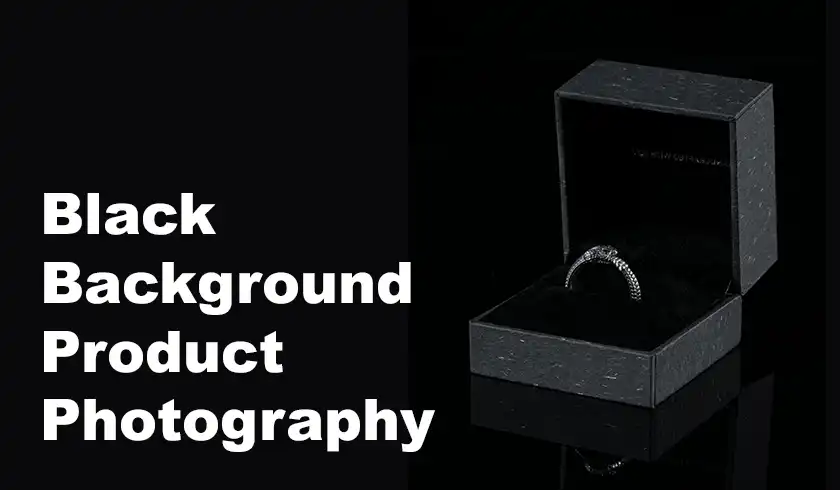
Commercial photography encompasses a wide range of specialized imagery used for business purposes, from product shots and corporate headshots to lifestyle images for advertising campaigns. When you’re looking to hire a commercial photographer, understanding how pricing works will help you budget effectively and ensure you get the best value for your investment.
How Commercial Photography Prices Are Determined
As a client, it’s important to understand what goes into a photographer’s quote. Several key factors influence the pricing of commercial photography services:
- Photographer’s Experience and Reputation
More experienced photographers with strong portfolios typically charge higher rates. While you might pay more, you’re often getting a higher level of expertise and reliability.
- Project Scope and Complexity
The complexity of your project directly impacts its price. A simple product shoot on a white background will cost less than an elaborate on-location fashion shoot with multiple models and complex lighting setups.
- Usage Rights and Licensing
How and where you plan to use the images affects the price. Exclusive rights or extended usage periods usually come at a premium. For example, images for a national advertising campaign will likely cost more than those used only on your company website.
- Equipment and Production Costs
Commercial photography often requires specialized equipment. Complex shoots might need additional lighting, props, or even location rentals, all of which affect the final price.
- Location and Travel Expenses
If your shoot requires the photographer to travel or work on location, expect additional costs for transportation, accommodation, and potentially extra insurance.
- Post-processing and Editing Time
The work doesn’t end when the camera stops clicking. High-quality editing and retouching are crucial parts of the process and are factored into the pricing.
Common Pricing Models for Commercial Photography
When requesting quotes from commercial photographers, you’re likely to encounter several pricing models. Understanding these can help you choose the best option for your project:
Day Rate: This is a fixed fee for a full day of shooting, typically 8-10 hours. Day rates can range from $1,000 to $10,000 or more, depending on the photographer’s experience and project requirements. This model is often cost-effective for larger projects or when you’re unsure of the exact number of final images you’ll need.
Half-day Rate: Similar to a day rate but for shorter shoots, usually 4-5 hours. Expect to pay about 60-70% of the full day rate.
Hourly Rate: Some photographers charge by the hour, which can be suitable for smaller projects. Hourly rates typically range from $150 to $500.
Project-based Pricing: For complex projects with multiple components, photographers might offer a flat fee based on the entire scope of work.
Image Licensing Fees: In addition to shooting fees, you may need to pay licensing fees based on how you’ll use the images. This can be a one-time fee or an ongoing arrangement for continued usage.
Here’s a comparison table to help you understand these pricing models:
| Pricing Model | Best For | Typical Range | Pros for Clients | Cons for Clients |
| Day Rate | Large projects, uncertain image count | $1,000 – $10,000+ | Fixed cost, full day of shooting | May be overkill for small projects |
| Half-day Rate | Medium-sized projects | 60-70% of day rate | More economical than full day | Limited shooting time |
| Hourly Rate | Small projects, uncertain duration | $150 – $500/hour | Pay only for time used | Can add up quickly for longer shoots |
| Project-based | Complex, multi-component projects | Varies widely | Clear total cost upfront | Less flexibility for changes |
| Image Licensing | Valuable images with multiple uses | Varies by usage | Pay for actual usage | Can be complex to negotiate |
Why Professional Photography Costs So Much
To appreciate the value you’re getting, it’s helpful to understand the costs a commercial photographer incurs. These typically include:
- Professional-grade equipment (cameras, lenses, lighting)
- Software for editing and file management
- Studio rent or location fees
- Assistant fees and other personnel costs
- Insurance (liability, equipment)
- Marketing and business expenses
- Time spent on pre-production planning and post-production editing
Remember, when you hire a professional photographer, you’re not just paying for the time they spend shooting, but for their expertise, equipment, and the entire process of creating high-quality images.
Industry Standards and Benchmarks for Commercial Photography
While pricing can vary widely based on location, specialty, and individual circumstances, here are some general benchmarks to help you budget:
Product Photography
- Simple product on white background: $50-$200 per image
- Complex product with styling: $250-$1,000 per image
- Full product line (50+ images): $2,000-$5,000 per day
Corporate Headshots
- On-location, per person: $150-$500
- Studio session, per person: $200-$800
Architectural/Real Estate Photography
- Residential property: $200-$1,000 per shoot
- Commercial property: $1,000-$5,000 per day
Fashion/Lifestyle Photography
- Editorial: $1,000-$5,000 per day
- Advertising: $2,000-$15,000 per day
These ranges can help you set realistic expectations, but remember that rates can vary significantly based on your specific needs and location.
Bottom Line
Investing in professional commercial photography is a crucial step in elevating your brand and marketing efforts. By understanding the factors that influence pricing, the various pricing models, and how to effectively budget and negotiate, you can ensure you get high-quality imagery that aligns with your business goals and budget.
Remember, the cheapest option isn’t always the best value. Look for a photographer whose style matches your brand, has a strong portfolio, and can deliver reliable, high-quality work. With the right approach, your investment in commercial photography can yield significant returns in terms of brand perception, customer engagement, and ultimately, your bottom line.

